
The Dachshund is good with older children as long as she has been socialized with them. She may not do well with cats and other pets as she was originally bred to hunt. She likes to be indoors and does not like harsh climates. She needs to be exercised regularly to avoid gaining weight as this can be hard on her back. She is a popular dog and it is generally believed that the long hair variety may be better with children. As a reminder, never leave a young child unsupervised with a puppy or dog.
*Approximate Adult Size. There are actually three sizes of the Dachshund, the normal, miniature and toy. The approximate adult size (two years old or older) of the normal Dachshund is 14 to 18 inches to the withers (highest point of the shoulder) and about 20 pounds. The miniature Dachshund runs about 14 inches to the withers and 9 pounds. The toy Dachshund runs about 12 inches to the withers and 8 pounds in weight.
*Special Health Considerations. Most dog breeds have certain inherited health problems associated with that specific breed and the Dachshund is no exception. Be on the look out for skin problems, genetic eye diseases, heart disease, Dachshund paralysis (spinal disc problems), diabetes and urinary tract problems. Also, as a precaution, their body length precludes them from jumping from heights to protect their back as does letting them become overweight. This disease list is an informative guideline only. Other diseases may also be significant threats, please contact your veterinarian for a complete list.
She should visit the veterinarian several times in the first year for shots, boosters and check up. Then, as an adult, she should visit the veterinarian yearly for shots and check up. As she gets older, six years and on, she should visit the veterinarian twice a year for check ups and shots. Remember; avoid feeding your dog sweets.
*Grooming. The Dachshund has two coat varieties, smooth and rough. The smooth variety has a short coat that is shiny and not too long. The rough coat or long hair variety has a glistening, sleek, slightly waving hair. The long haired version needs grooming almost daily but the short haired needs grooming about weekly. Brushing will help her maintain a clean and healthy coat and help you keep a closer eye on her health and strengthen your emotional bond with her.
Her teeth should be brushed at least twice a week with toothpaste and toothbrush designed for dogs. Brushing removes the accumulation of plaque and tartar which can cause cavities (rarely) and periodontal disease. Dog periodontal disease can lead to pain, loss of teeth, bad breath and other serious disease.
Her toenails may need to be examined for growth and clipped regularly. The toenails of the rear feet grow slower than the toenails of the front feet. Generally a guillotine type trimmer is the best for this chore and competent instructions to accomplish this can be found on the net.
*Life Span. The Dachshund can live between 12 and 14 years with proper nutrition, medical care and excellent living conditions.
*History. The Dachshund comes from Germany. Their history goes back to the 16 century. They were bred from hunting dogs to hunt rabbits and badgers, and other small animals. They were first registered by the American Kennel Association in 1885. Dachs is German for Badger.
Some Registries:
*Dachshund Breed Club
*UKC United Kennel Club
*NKC National Kennel Club
*CKC Continental Kennel Club
*APRI Americas Pet Registry Inc.
*AKC American Kennel Club
*FCI Federation Cynologique Internationale
*NZKC New Zealand Kennel Club
*KCGB = Kennel Club of Great Britain
*ANKC = Australian National Kennel Club
*ACR = American Canine Registry
Litter Size: 3 to 4 Dachshund puppies
Category: Hound.
Terms To Describe: Courageous, lively, clever, proud, tenacious, clown, happy, fun loving, cheerful
*SPECIAL GOOD POINTS
Good watch dog.
High intelligence.
Likes to play.
Low dog odor.
*SPECIAL BAD POINTS
Poor guard dog.
Can be a loud barker.
Can be difficult to train.
Like to dig.
*Other Names Known By: Teckel
*Every dog is an individual so not everything in this information may be correct for your dog. This information is meant as a good faith guideline only.
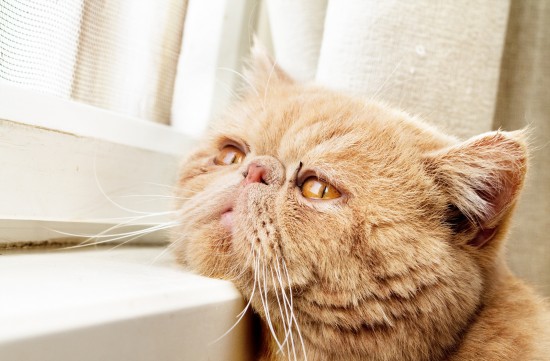 Common Emergencies You May Have To Deal With In An Older Cat
Common Emergencies You May Have To Deal With In An Older Cat
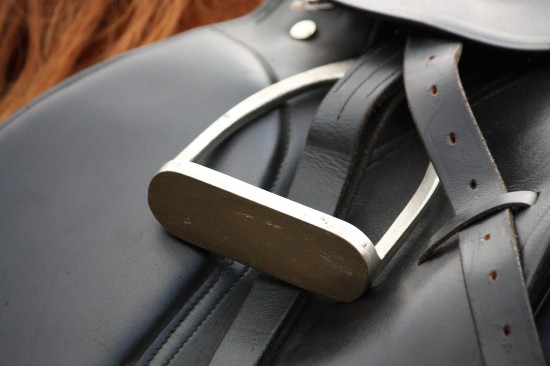 The Saddle, Types And Development
The Saddle, Types And Development
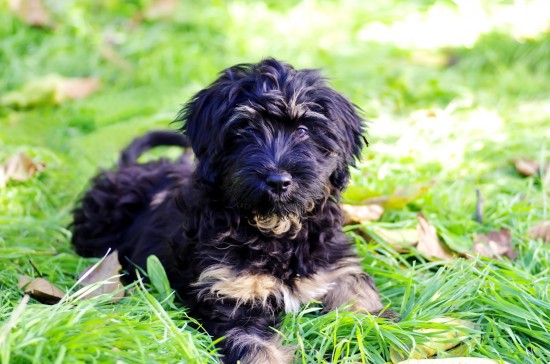 Why Might Female Dogs Display Humping Behaviour?
Why Might Female Dogs Display Humping Behaviour?
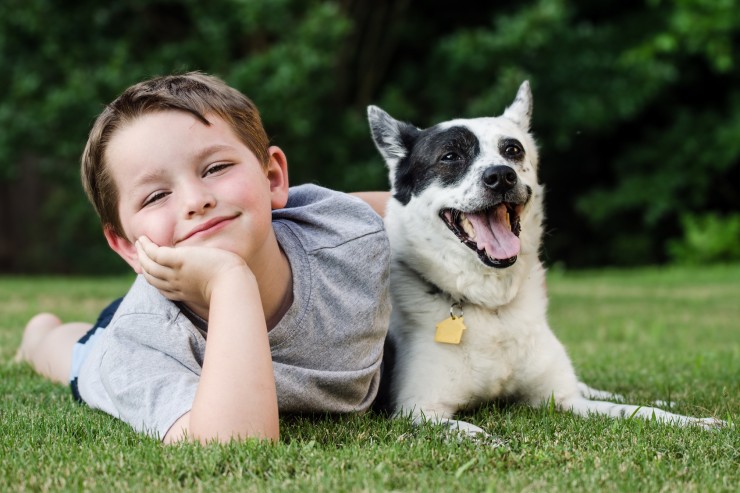 Ten Important Tips That All Primary School-aged Children Should Know About Dogs
Ten Important Tips That All Primary School-aged Children Should Know About Dogs
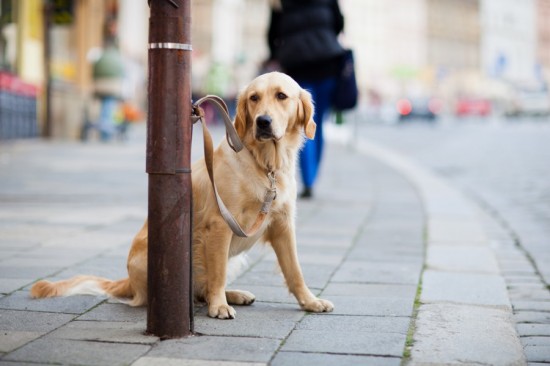 Dog Thieves – Being One Step Ahead
Dog Thieves – Being One Step Ahead
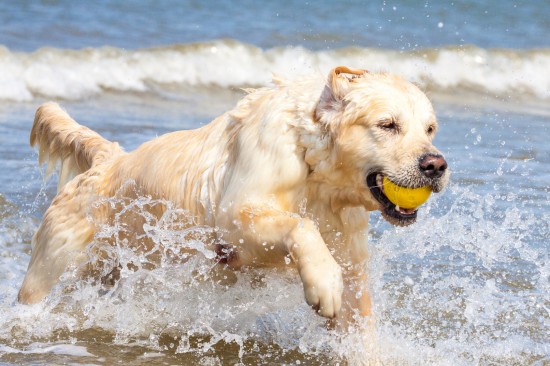 Tips For Exercising And Tiring Out A Very Active Dog
Tips For Exercising And Tiring Out A Very Active Dog
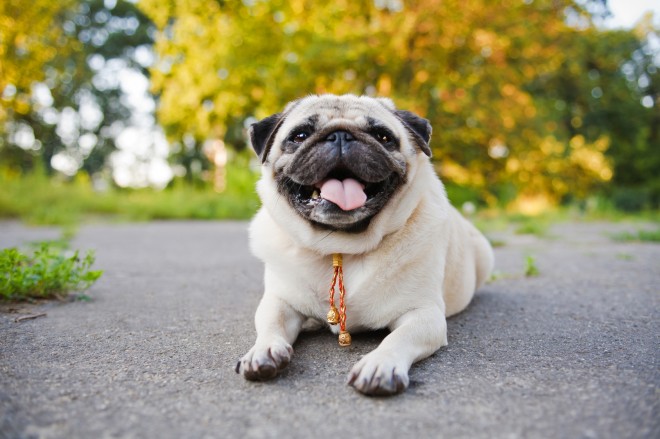 Ways To Exercise A Dog When You Are Out Of Action
Ways To Exercise
Ways To Exercise A Dog When You Are Out Of Action
Ways To Exercise
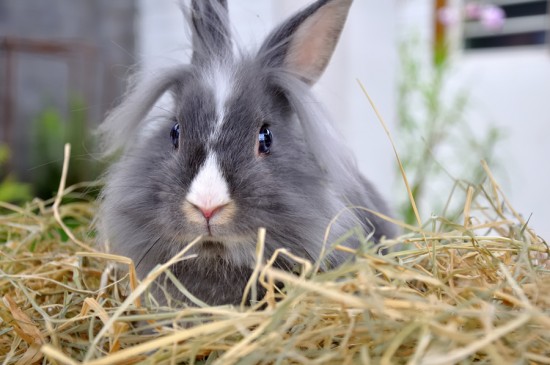 Should I Buy Or Adopt A Rabbit?
Should I Buy Or A
Should I Buy Or Adopt A Rabbit?
Should I Buy Or A
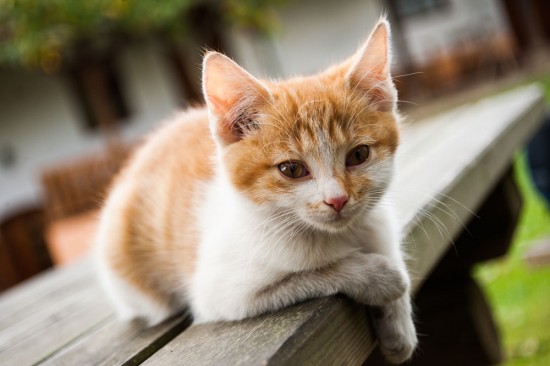 Hyperadrenocorticism Or Cushing’s Syndrome In Cats
Hyperadrenocortic
Hyperadrenocorticism Or Cushing’s Syndrome In Cats
Hyperadrenocortic
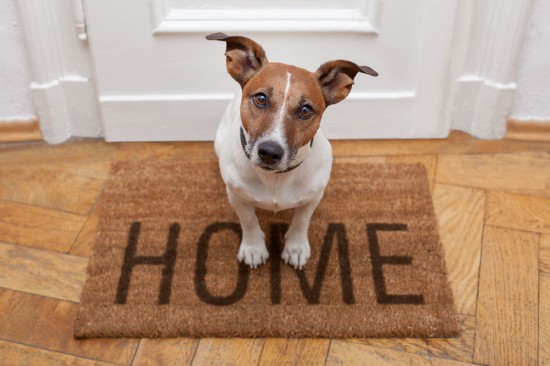 Doggy Day Care - Options For Your Dog If You Work All Day
Doggy Day Care -
Doggy Day Care - Options For Your Dog If You Work All Day
Doggy Day Care -
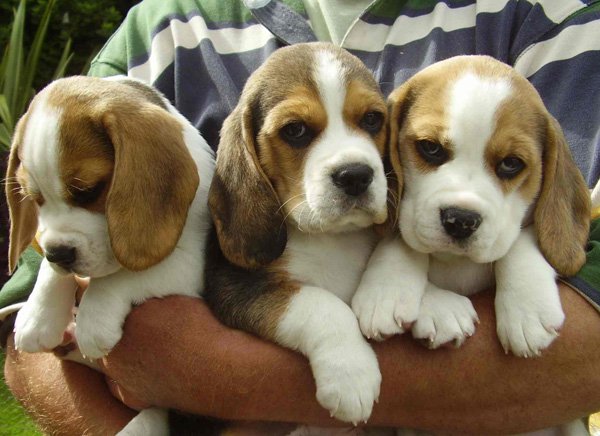 Find Your Dogs With A Cage Free Boarding & Grooming in Ontario
Find Your Dogs With A Cage Free Boarding & Grooming in
Find Your Dogs With A Cage Free Boarding & Grooming in Ontario
Find Your Dogs With A Cage Free Boarding & Grooming in
Copyright © 2005-2016 Pet Information All Rights Reserved
Contact us: www162date@outlook.com